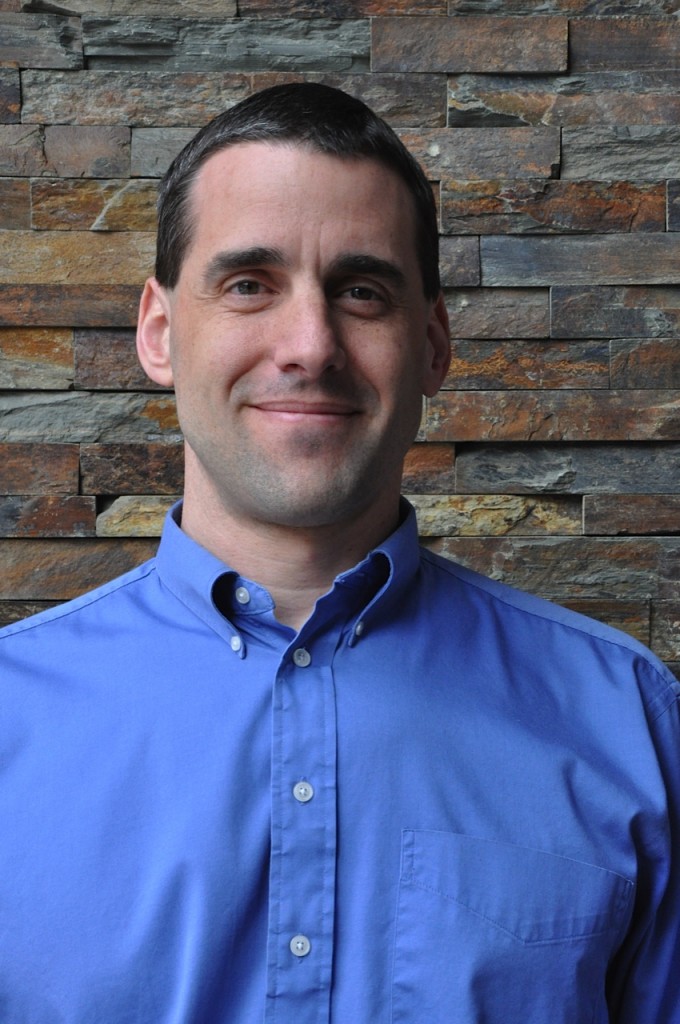
by Greg McMillan
As we head into a new year, Green Building & Sustainable Strategies (GBSS) magazine decided take a look at what the future might hold for the green building industry.
Someone with his finger on the pulse of change is Mark Hutchinson, the director of green building programs at the Canada Green Building Council (CaGBC).
He participated in a Q&A interview with GBSS magazine, taking us through everything from green building products to green building certification to predominant energy technologies.
When you look back over 2014, what would you consider as some of the notable green building developments in Canada?
In 2014 the 5,000th LEED project was registered in Canada, and I am very happy to see how the Canadian market has been adopting green building practices. We also saw the first comprehensive Canadian study of green building growth, drivers, obstacles, and impact on tenants and occupants, with the release of a Canada green building trends study conducted in conjunction with McGraw Hill Construction.
The CaGBC launched Alternative Compliance Paths (ACPs) and other tools for the newest version of LEED, version 4. We also provided education on different aspects of the new rating system. I feel the Canadian market is now better positioned and prepared to take the next step towards transforming how we design, build, and operate our homes and buildings.
In 2015, what do you see transpiring for builders and their desire to seek LEED certification for buildings?
Our McGraw Hill Construction study points to continued growth of the green building movement in 2015, and our expectation is that interest in LEED certification will continue to be strong. There is strong recognition of the value of LEED certification as a tool to provide accountability, transparency, and better outcomes. On October 29 we announced that the current set of LEED rating systems would continue to be open for registration until October 31, 2016, and I expect that 2015 will be a transition year, as the market continues to learn about LEED v4 and the very first teams begin to apply it to their projects.
Do you predict there will be an influx of alternate green building certification programs that will begin to take hold in 2015? If so, please describe. If not, why not?
The Canadian marketplace has used LEED as a common language and assessment tool for green building practices, and indeed LEED is an international platform that allows us to collaborate in moving the industry forward in over 150 countries. I think the Canadian market is prepared to welcome other rating systems so long as they help push market transformation forward in a meaningful way. By this I mean they establish credible and meaningful objectives, and are supported by a rigorous third party evaluation process. Programs like the Living Building Challenge and Passive House are examples of such programs.
What are some of the green building products you foresee becoming used more prevalently in the coming year?
It will take time, but manufacturers are preparing for LEED v4 and we will see an increasing number of products with health product declarations (HPDs), environmental product declarations (EPDs), and certification to programs like Cradle to Cradle and GreenScreen. We spend 90 per cent of our time indoors, surrounded by materials we have created, and it is very exciting to see the transformation that is taking place.
What energy technologies do you see becoming more prevalent within the building industry (for example: solar, wind, geothermal, etcetera) and why, during the next 12 months?
On-site solar is popular and more economical than ever, although its impact on a building’s energy footprint will vary as a function of the configuration of the building. It’s certainly a very visible hallmark of sustainability. Geothermal has been adopted by a segment of the green building industry, and has many merits.
What are some of the general green building trends that you see developing, or growing, in the year ahead?
In the new construction field, people continue to strive towards significantly reduced energy consumption. As they aim for even lower energy consumption, the building envelope and the integrated design process are becoming of greater importance.
Materials and wellness are also now front and centre. The launch of the WELL building standard (which is designed to operate alongside LEED, and looks at a space’s effect on human health)
is a sign of just how much the impact of buildings on the health, productivity and happiness of occupants is being recognized.
Is there anything you can see putting a damper on the current growth of green building practices in Canada? If so, please describe. If not, please say why.
Green building is becoming more and more accepted, and the knowledge, tools and products needed are increasing every day. There are so many reasons to build greener buildings. It’s hard to see this trend reversing. I think the questions are really:
1) What will be the pace of market transformation?
2) What aspects of green building will be emphasized? For example, energy will always be key, but materials and wellness are also increasingly important.
3) To what extent will leadership recognition programs like LEED drive the market, as opposed to building codes, greater code enforcement, education around codes, mandatory benchmarking, and other efforts aimed at raising the bar of building practice?

Mark Hutchinson has worked with the Canada Green Building Council for the last six years. As Director of Green Building Programs, he oversees the strategic direction and operation of the Leadership in Energy and Environmental Design (LEED) building certification program in Canada. He participates on the LEED International Roundtable and collaborates with the LEED Canada Steering Committee as well as the USGBC’s LEED Steering Committee.